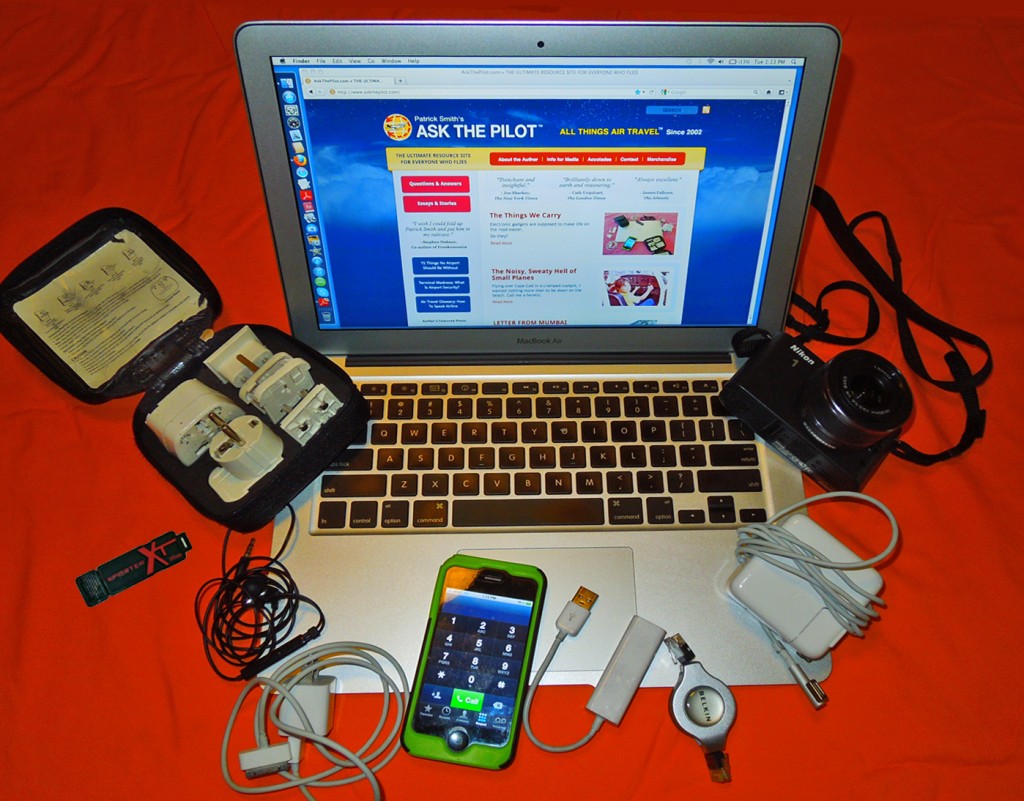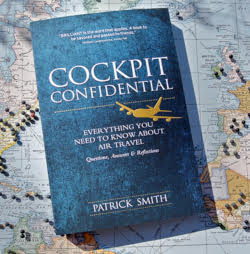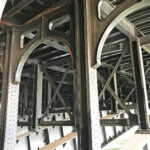Damn The Spinner Bag!
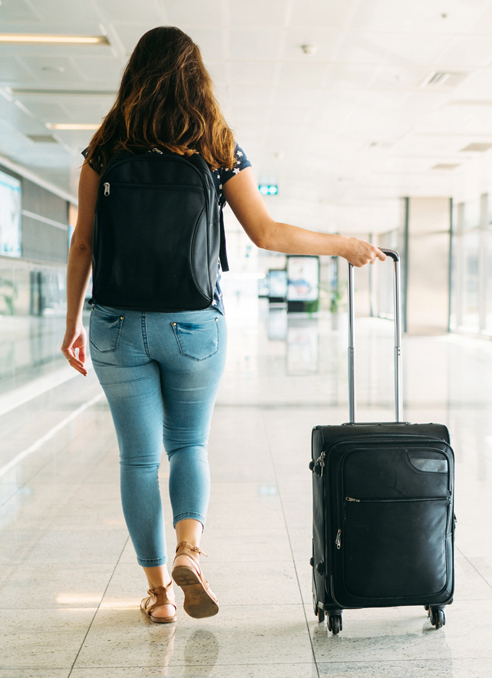
November 19, 2018
NOW THAT SELFIE-STICK MANIA has petered out, it was only a matter of time, maybe, before some other travel trend filled the annoyance void.
I’m talking about the proliferation of four-wheeled roll-aboard bags. Not the traditional, two-wheeled bag, which the traveler tows behind. These have been around for years and we’ve gotten used to them. Sure, they’re hogs of the overhead bins, but it’s hard to argue the merits of the bags themselves: useful, unobtrusive, pedestrian-friendly. But now, over the past year or two, we’ve seen the massive spread of the four-wheeled version.
They are sometimes called “spinner” bags, as they can move easily in all directions, and the problem is the way that too many travelers use them, holding them well off to one side, sometimes at arm’s length. Every person walking like this now takes up the lateral space of two people. Airport corridors are crowded and sometimes very narrow. Add thousands of passengers into such congested spaces, each hauling their little outstretched sidecar, and you’ve created the worst kind of obstacle course.
Yes, the two-wheeled bag is towed somewhat offset, not directly behind you. But it basically follows in your shadow. With a four-wheeled bag, the footprint difference acts across the flow of traffic. The other day I was at terminal 4 at Kennedy Airport, which has very little pedestrian space as it is, and here came two people walking side by side, a cell phone in one hand and a spinner in the other, at full arm’s length. Add a bit of a safety margin on each end, and that was two people taking up, probably, thirteen feet of real estate in a corridor barely that wide — a human wall, basically.
The next time you’re at the airport, watch for a while. Notice what a high percentage of spinner users hold their bags way, way out there. When a person is walking like this, opposite-direction passengers are forced to maneuver around, sometimes by a wide distance. Tow-behind luggage doesn’t restrict flow this way.
I’m not sure why this had to happen. The basis behind the spinner’s design, and its subsequent popularity, I think, is that they’re easier to roll and maneuver. But if anything, they’re too easy. I received one from the Travelpro company last year as part of a promotion, and used it for a few weeks. Not only did I feel that I was in everyone’s way, but the bag was so nimble, and rolled so smoothly, that it was difficult to control, constantly veering and pulling. I felt like a little kid trying to walk an agitated pit bull.
And unlike the traditional roll-aboard, which rests upright on a plate when you’re not walking, the four-wheeled bag just keeps on rolling. If you’re on any kind of incline, or you give it the slightest nudge, you’d better be ready. I lost count of the times I reached for the handle only to find it wasn’t there — the bag having wandered ten feet away on its own.
And not for nothing, you’ve now got twice as many wheels and their associated hardware. And because they spin, they’re mounted on exposed struts rather than inset. That’s more moving parts; more things to break.
And a thirty-pound suitcase moving at four or five miles per hour generates a significant amount of momentum. I’m surprised more people aren’t flattened by these things, particularly considering how many travelers simply aren’t paying attention, yammering on their phones as they sweep down the concourse.
It’s amazing, isn’t it, the ways in which we — and our gadgets — conspire to annoy the hell out of each other?
Spinners are everywhere, and they aren’t going away. If you insist on using one, try to be considerate. Keep it close, elbow in, and make room for your fellow passengers.
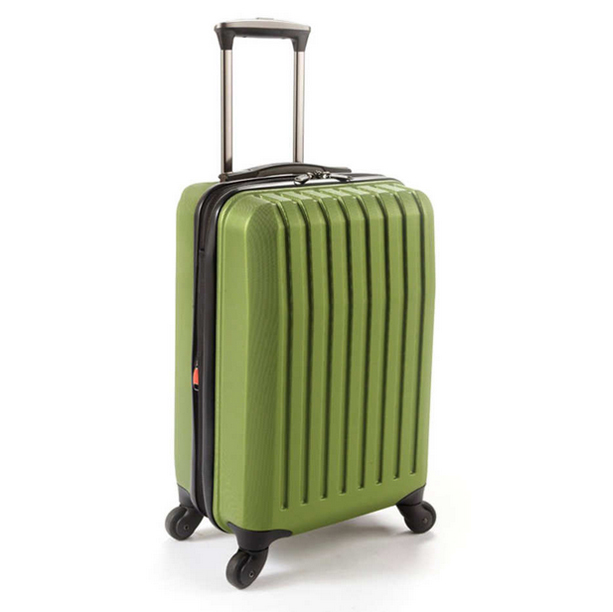
Pilots, by the way, long resisted wheeled luggage on principle. The thinking was that rolling your belongings was, like, too effeminate for the macho pilot (take me for example). And so pilots would hand-haul their 40-odd pounds of clothes and flight gear through the airport, toning their tough-guy biceps and making many a chiropractor happy.
Not that you asked, but I typically go to work with two carry-ons:
The first is a roll-aboard from Luggage Works (with two wheels, needless to say). At the moment I use the 22-inch LW with the metal frame. My gripe with LW bags is their very high empty weight. To make mine lighter I’ve retrofitted the stainless steel handle with an aluminum one. Over 95 percent of LW users are airline crewmembers, but anybody can order one. They’re attractive and durable. And expensive.
Many crewmembers use Travelpro bags instead (I’ve owned a couple over the years), but that brand is more popular with flight attendants than with pilots.
My smaller bag, hung from my roll-aboard using a hook that I engineered myself, is an offensively overpriced Tumi briefcase that I bought about five years ago and quickly learned to hate, with its useless, miniature exterior pockets that I can barely squeeze my fingers into.
I have several patches and stickers on my bags. My favorite is this one:
Photo courtesy of Unsplash


